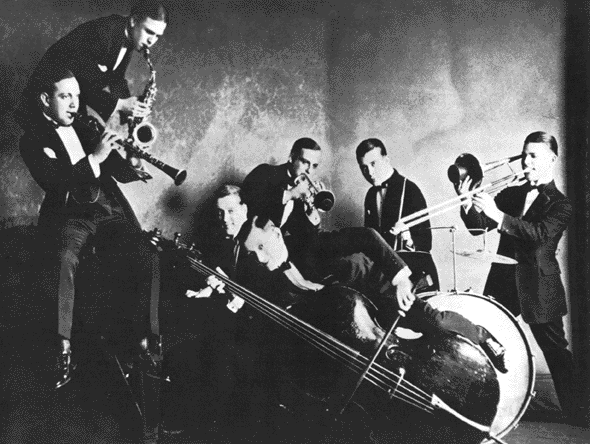
The New Orleans Rhythm Kings. Photo in public domain.
Nightclub, speakeasy and storied jazz venue, the Friar’s Inn, located in the basement of 60 East Van Buren Street on the corner of Wabasha in the downtown Chicago loop, attracted local businessmen, gangsters and jazz fans. It guaranteed the best hot jazz on the white side of town. This edition of Riverwalk Jazz visits post-WWI Chicago where the New Orleans Rhythm Kings created a sensation.
The New Orleans Rhythm Kings followed in the footsteps of another group—the pioneering Original Dixieland Jazz Band, who made the first jazz recording in history in 1917. The Rhythm Kings’ music was different—it swung with a focus and flowing rhythm reflecting their admiration for black New Orleans-style jazz, the music of King Oliver, Freddie Keppard and Sidney Bechet. The NORK’s imaginative collective improvisations deeply influenced young white jazz musicians of the day, like the kids in the famous Austin High Gang.
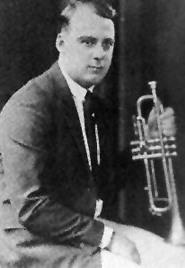
Paul Mares. Photo courtesy of redhotjazz.
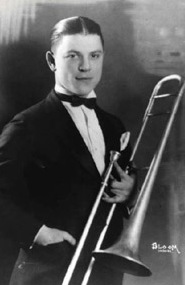
George Brunies. Photo courtesy of redhotjazz.
The New Orleans Rhythm Kings was formed by three childhood friends from New Orleans—cornetist Paul Mares, clarinetist Leon Roppolo and trombonist George Brunies. They all landed in Chicago and put together a trend-setting eight-piece band, adding Arnold Loyocano on bass, Louis Black on banjo, Frank Snyder on drums, Jack Pettis on saxophone and Elmer Schoebel on piano. Two of NORK’s most famous players joined a few months later—New Orleans native bass pioneer Steve Brown and drummer Ben Pollack, who would replace bassist Loyocano and Snyder on drums. Pollack later led a pioneering, hot Chicago-style jazz band of his own and gave the teenaged Benny Goodman his first job.
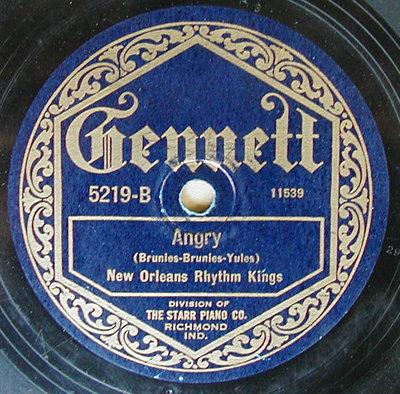
NORK record label. Image courtesy of Starr-Gennett.
As their popularity grew, the Rhythm Kings received offers to go to New York to make it big. But the only place NORK chose to travel was down the road to record a series of now legendary sessions at the Gennett Record Company in Richmond, Indiana; arguably gaining more lasting fame from these recordings than could possibly have been achieved gigging on the New York scene. In 1922, a full seven months before King Oliver’s landmark recordings in 1923, the NORK made the first recordings of what was to become known as “Chicago style jazz.”
NORK clarinetist Leon Roppolo was famous for his improvised solos and for his trademark white socks peeking out of the ankles of his black tuxedo. Many jazz critics and historians consider Roppolo the first important jazz soloist to record. He played with great intensity and was, by far, the most inventive musician in the group. Much of the Rhythm Kings repertoire was written and arranged by pianist Elmer Schoebel. The story goes he was the only one in the group who could read music. Elmer did his best to whip the other members of the band into shape. Paul Mares once told a journalist, “We’d kid Elmer and play it all wrong with lots of bad notes the first time just to make him sore.”
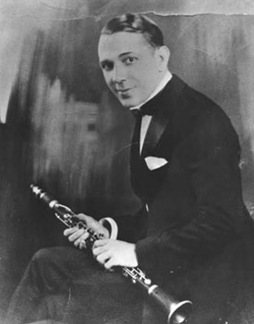
Leon Roppolo. Photo courtesy of redhotjazz.
After three short years of unprecedented acclaim, the NORK began to fall apart. Mares and Roppolo went back to New Orleans. In 1925 they recorded a session under the name, New Orleans Rhythm Kings with local New Orleans sidemen. Later there were a handful of Decca recordings under the NORK name, but George Brunies was the only original member of the group on those sessions. The story of the fabulous New Orleans Rhythm Kings had come to an end. Of the three founding members of the band, cornetist Paul Mares went back to Chicago where he ran a popular barbeque joint. Clarinetist Leon Roppolo sadly spent his last days in a mental institution. Only George Brunies went on to a distinguished career in music as one of the all-time great “tailgate” style trombonists.
More about the music on this broadcast:
Almost all the tunes recorded by the New Orleans Rhythm Kings are now considered essential cornerstones of the classic Chicago-style canon of jazz and have been recorded hundreds of times by many bands over the course of the 20th century. The original, groundbreaking NORK sessions were recorded primarily for the Gennett label in Richmond, Indiana in 1922-23.
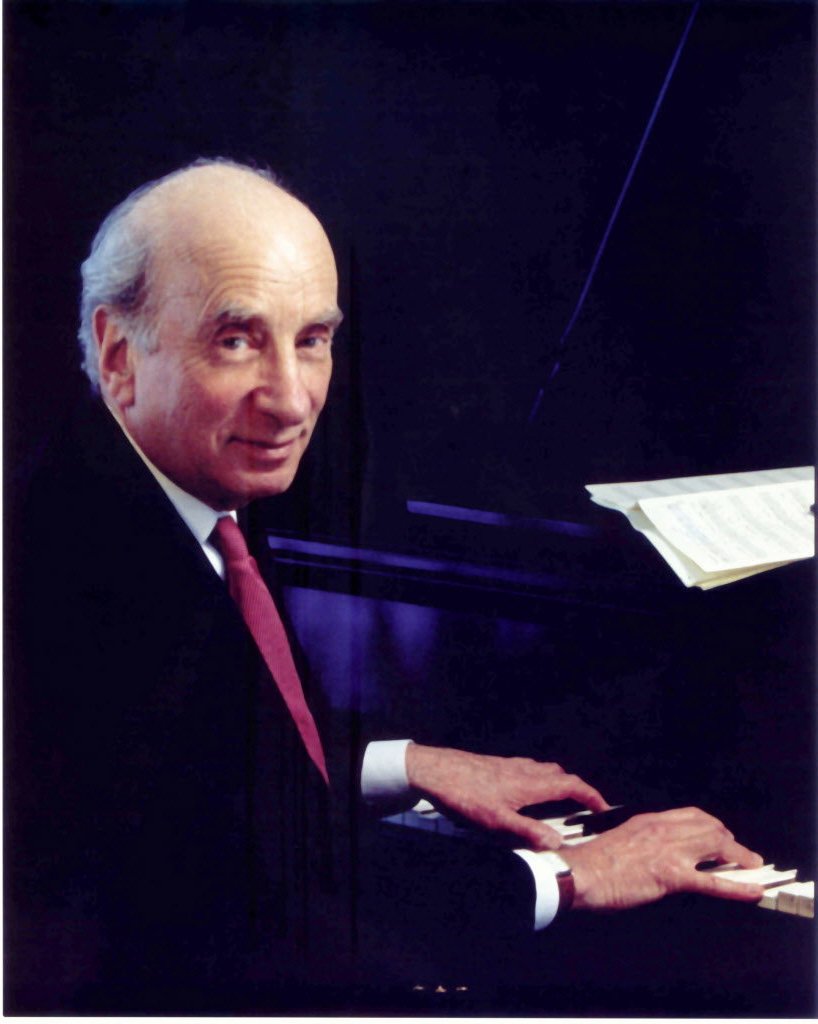
Dick Hyman. Photo courtesy of the artist.
The New Orleans Rhythm Kings originally recorded King Oliver’s “Sobbin' Blues“ in 1923 with piano man Jelly Roll Morton sitting in. This session is recognized as a rare instance of a publicly acknowledged, interracial recording. Previously, the few mixed race recordings to surface were made under outrageously fake names with no acknowledgement of a mixed race musical collaboration. Here, Dick Hyman performs “Sobbin’ Blues” as a piano solo. Morton also recorded his “Wolverine Blues“ in 1923 with NORK for Gennett Records.
Jazz piano master Dick Hyman joins The Jim Cullum Jazz Band for “You're Nobody's Sweetheart Now,“ composed by NORK pianist Elmer Schoebel in 1924. The tune was later recorded by Bix Beiderbecke, Eddie Condon and countless others.
“Tin Roof Blues“ is a NORK original which clarinetist Roppolo was famous for playing. It went on to become NORK’s most enduring standard.
New Orleans musician and composer Spencer Williams composed “Shimmee Sha Wabble” in 1917. The NORK version for Gennett Records dates from 1923.
“Bugle Call Rag“ was one of the New Orleans Rhythm Kings’ most famous tunes, first recorded in 1922. Benny Goodman and Glenn Miller subsequently recorded it many times in the Swing Era.
“That's A Plenty“ was first composed as a piano rag in 1914 but came to be identified as a New Orleans-jazz instrumental standard, especially after the NORK’s 1923 recording.
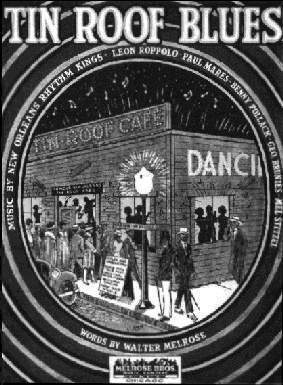
"Tin Roof Blues" sheet music. Image in public domain.
“Eccentric“ by J. Russel Robinson was one of the first tunes the New Orleans Rhythm Kings recorded in 1922. The feel of King Oliver’s Creole Jazz band can be heard on the original NORK recording as well as The Jim Cullum Jazz Band performance heard here.
“That Da Da Strain,“ lyrics by Maimie Medina with music by J. Edgar Dowell, was a Tin Pan Alley hit for blues shouter Ethel Waters in 1921. The NORK recording dates from 1923.
“Weary Blues“ is a multi-strain ragtime number composed in 1915 by Artie Matthews. The NORK’s recording for Gennett Records is the first important jazz recording of the tune.
Photo credit for Home Page: The New Orleans Rhythm Kings. Photo courtesy the Duncan Scheidt Collection.
Text based on Riverwalk Jazz script by Margaret Moos Pick ©1998

